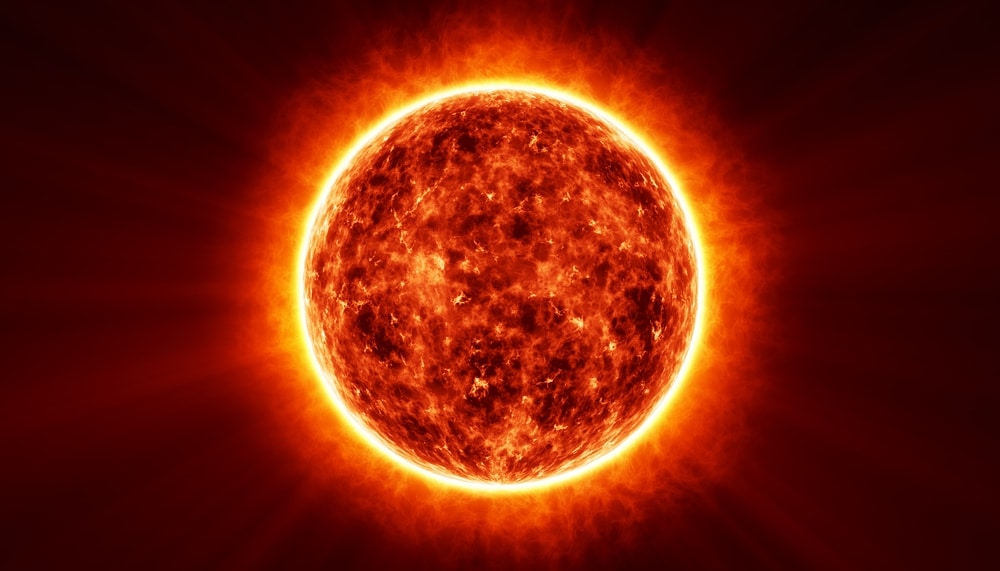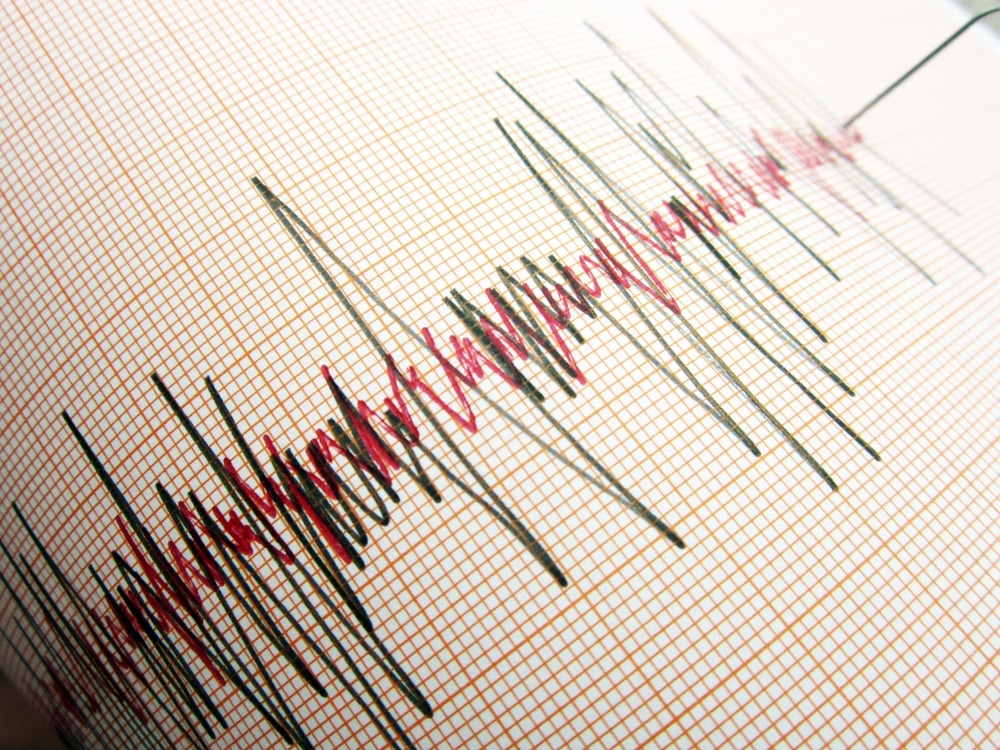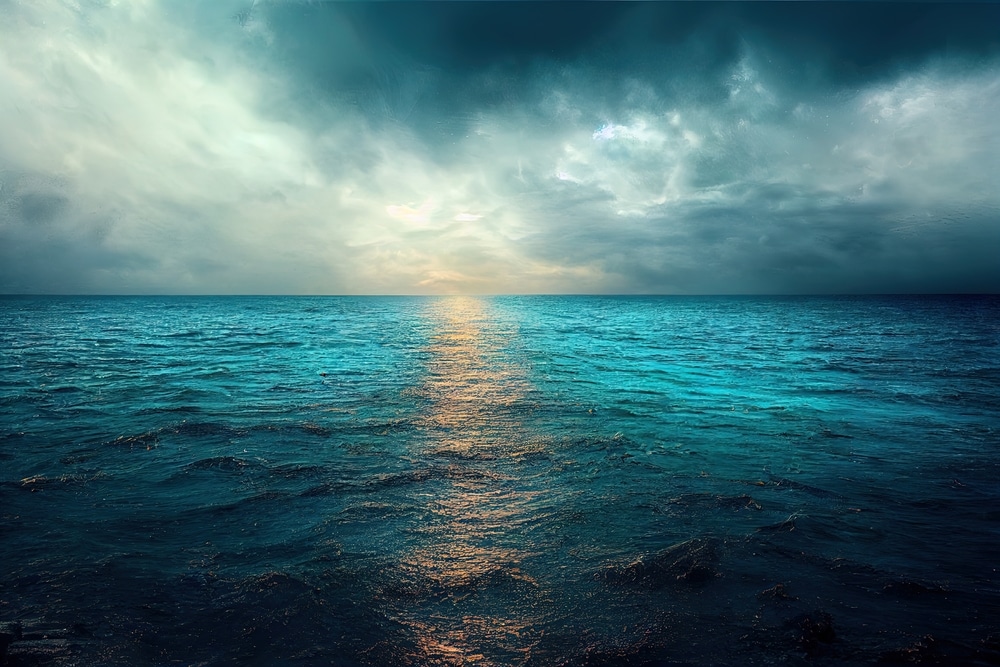For the first time on record, storms have reached top-tier Category 5 strength in every tropical ocean basin in the same year. A combination of human-caused climate change and El Niño have heated ocean waters to record levels in 2023, setting the stage for this meteorological feat.
The Copernicus Climate Service of the European Union confirmed that the global ocean reached its warmest level on record in August. This week alone, two tropical cyclones leaped to Category 5 intensity in two days — Hurricane Jova in the northeastern Pacific on Wednesday, closely followed by Hurricane Lee in the Atlantic on Thursday.
The pair of storms intensified with astonishing haste, their peak winds increasing 90 mph and 85 mph, respectively, in 24 hours. Meteorologists monitor seven tropical oceans basins around the world for storm development. In addition to the Atlantic and eastern Pacific, Category 5 storms formed in the other five basins earlier this year.
Brian McNoldy, a tropical weather expert at the University of Miami, confirmed that 2023 marked the first instance of Category 5 storms in all seven and linked it to the warm waters.
“I think it’s reasonable to hypothesize that the abnormally warm ocean temperatures around the world made this more likely to happen,” McNoldy said in an email. “Gives everything a boost.”
Waters are warmer than normal almost everywhere, helping storms intensify quickly even in areas in which storm activity is often reduced during El Niño because of hostile high-altitude winds.
“In an El Niño year, the strong storms in the Pacific are not surprising, but the Atlantic would be the basin that’s highly unlikely to pull its weight and produce a 5,” said Alex DesRosiers, a tropical weather researcher at Colorado State University.
“The record warm [sea surface temperatures] we are seeing in regions of the tropical and subtropical Atlantic are key in allowing for the active hurricane season we’ve had so far despite the usually prohibitive El Niño.”
Category 5 storms have maximum sustained winds of at least 157 mph and are considered the most dangerous on Earth. When they strike land, “catastrophic damage will occur,” the National Hurricane Center writes. Homes are severely damaged, trees are uprooted, and areas can be left inhabitable for “weeks or months.”
Depending on the part of the world in which they form, these hurricane-strength storms have different names but produce the same effects. In the Southern Hemisphere, they are mostly called cyclones, while they are referred to as typhoons in the western Pacific Ocean. The first of 2023’s Category 5 storms came in February. Here’s a snapshot of the seven Category 5 storms so far this year.

















